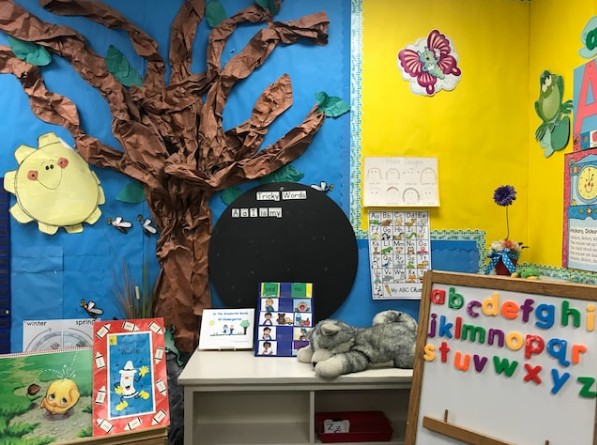Education is a constantly evolving sector — as the world changes, so does the focus of elementary teaching and curriculums. Nowadays, early education is centered around introducing core concepts to build upon later in academic life.
However, Debra Mercora, Superintendent explains that there are always debates over which educational methods are best. And it appears that the top five trends in elementary education in 2023 seem to be:
Inquiry-Based Learning in Science
STEM (Science, Technology, Engineering, Mathematics) is a style of education focused on a student-centric learning environment. Teachers are considered classroom facilitators, guiding students, and helping them through problem-solving workflows.
However, research has shown that roughly one-third of students have lost interest in science by the fourth grade. So, elementary schools are beginning to implement inquiry-based learning in science lessons to foster a love for the subject among the majority of students.
This type of learning leans into the active education style of STEM while encouraging children to ask questions, do their own research, and explore new ideas in groups, pairs, or individually.
Project-Based Learning
Most states use Common Core State Standards to improve student outcomes, preparing them for higher learning levels. An imperative component in the Standards is project-based learning, otherwise known as PBL.
Not only does this learning type allow students to reach Common Core Standards more effortlessly, but it also readies them for deeper thinking, enhancing performance in various educational aspects.
Additionally, over 18 states implemented Next Generation Science Standards at the end of 2016, with over 40 showing interest. And project-based learning is integral for adopting and achieving these new Standards.
Ultimately, PBL helps students:
- ask questions and define problems
- plan and conduct investigations
- interpret data
- communicate information
- engage in evidence-fueled debates
Hands-On Teaching
Students actively engaged in their education are more likely to retain the information. Thus, hands-on teaching is a well-loved trend for this year and beyond.
While this approach is fantastic in many fields, it proves the most beneficial for STEM subjects by encouraging children to explore ideas, building their confidence as they go.
It’s student-facilitated, but teachers play the vital role of creating an environment conducive to hands-on learning.

Cooperative Learning
Cooperative learning lets students improve subject mastery by working in small groups and participating in a range of educational activities. It’s a common alternative approach seen throughout elementary schools nationwide, giving children a sense of achievement and collaboration.
Successful cooperative learning environments boast five key elements:
- Group processing
- Face-to-face communication and engagement
- Positive interdependence
- Small group and interpersonal skills
- Group and individual accountability
Research concludes that this alternative strategy develops deeper subject understanding, improves self-esteem, and boosts motivation.
Holistic Learning Approaches
Finally, therapeutic elementary schools are becoming more popular in many states. They aim to ensure children from low-income families make substantial academic progress while improving their personal lives.
Such schools often blend social services and healthcare with regular education, providing holistic approaches to children’s learning.
While these are the current top five trends, things are always evolving, ensuring the country’s children receive the best education possible.

